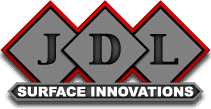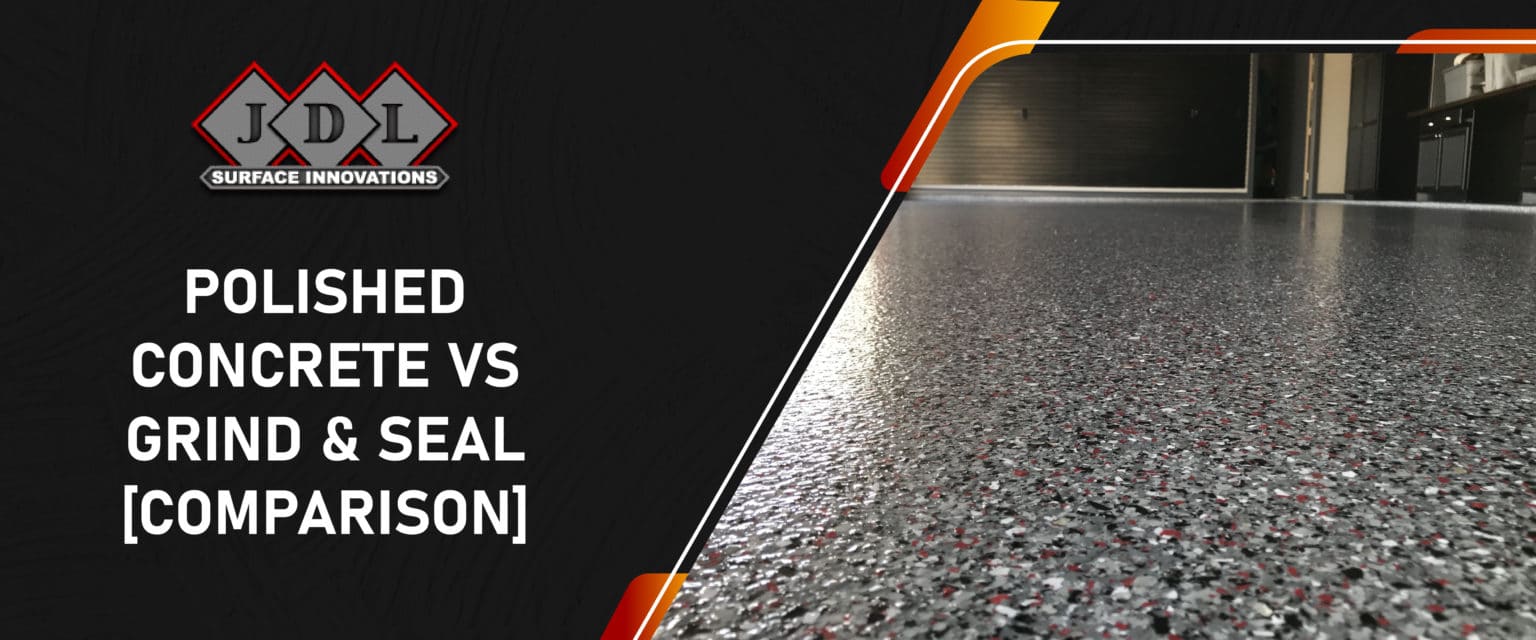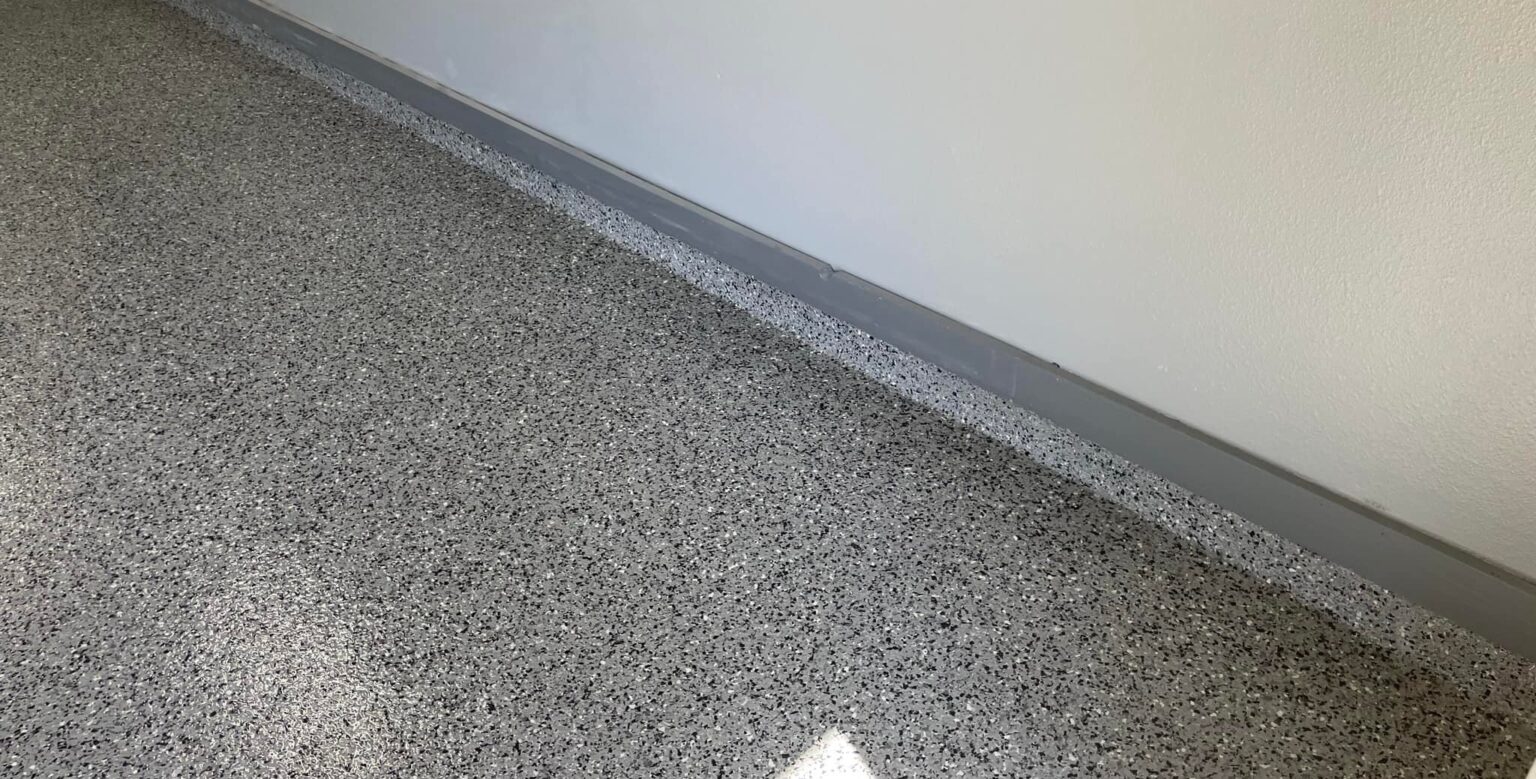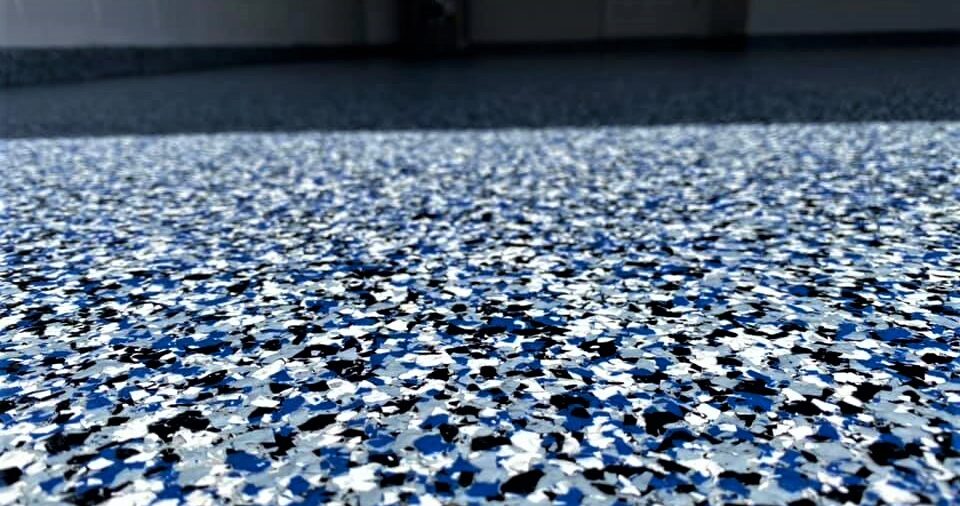Are you looking into getting a polished concrete floor for your home or place of business?
There are two different types of polished concrete, as well as a large variety of finishes available for you to choose from. All these choices will affect the look, the cost, and the quality of your finished concrete floor.
Here’s some information to help you decide which one will work best for you.
Polished and Sealed Concrete Appear Similar, But They Are Quite Different
Polished and sealed concrete floors are very similar, but contractors could struggle to differentiate between the two systems. Completely separate procedures are used to produce the shine/finish. Compared to concrete floors that have been ground and sealed, polished concrete requires more work and more steps.
Here is a brief comparison of the two procedures: Concrete polishing is an automated procedure that uses industrial diamond-tipped designed floor grinders to polish the surface of an existing concrete slab.
This procedure involves honing and polishing the concrete with diamond abrasives of successively finer grits until the floor has the appropriate sheen (either level 1-4; matte to high gloss). With sealed concrete, a topical sealer produces the sheen, nevertheless.
This technique requires fewer grinding, honing, and polishing stages, which is also simpler. In terms of benefits and durability, polished concrete is superior, especially in places with heavy traffic. It also lasts far longer.
To assist you in deciding on your next decorative concrete flooring project, continue reading to learn about the critical distinctions between polished concrete vs. ground concrete and sealed concrete floors, including aesthetic, durability, and price difference.
Types Of Concrete Polishing: Grind & Seal & True Mechanical Polished Concrete
Let’s talk about the main differences and advantages of each type, so you can make a better choice for your needs.
Grind and Seal
With the grind and seal method, we grind down the top surface of the concrete to show you as little or as much stone as you want to see. These levels range from nil to minimum random, to full exposure.
Grind and Seal Options
Then we seal it with your choice of matte, semi-gloss, or high-gloss sealer. There are also different types of sealers: water-based, solvent-based, UV stable, and we can also use other options such as an acrylic coating, or a polyaspartic coating.
Polyaspartics are a newer type of coating, introduced in the 1990s. Their benefits include a faster set-up time (less downtime means polyaspartic cures faster, and you can use your floor again with less waiting time).
Environmentally Friendly
They also form a strong scratch-resistant bond to your floor. Since most polyaspartics are made with 100% solids, they have few or no VOCs at all. This means they’re greener and good for the environment. This is good for home or business and good for the planet.
These choices are made depending on your needs…such as where they will be used and your desired life-expectancy requirements.
Where To Grind and Seal
The grind and seal method is a great option for any indoor floor, whether it’s a living area, kitchen, garage area, workspace, basement, or rec room. It can even be upgraded and beautified to use in places where presentation matters, such as a formal dining room.
Because it can be designed as beautiful, practical, or both, the grind and seal method is also a great choice for many business spaces, ranging from fine hotel lobbies to auto showrooms to machine shops. Virtually any space can benefit from the right flooring.
How Long It Lasts
Our grind and seal method is extremely durable and is water and stain-resistant. But it is a topical sealant and needs to be sanded back and re-coated every 3 to 10 years, depending on the product you apply, and the amount of traffic and type of usage your floor sees.
Maintenance
The grind and seal floor gives you a lower up-front cost than the mechanically polished concrete but will cost you more in the long run because of the re-applying of the topcoat and periodic maintenance needed as time goes on.
Mechanically Polished Concrete
We start with the same process. We grind back the top of the concrete to give you the look and the amount of stone you desire to see on your finished floor. Then we grout the floor and continue to polish the floor while adding hardening agents. It is a longer, costlier process, but does give a much longer-lasting finished floor.
Polished Concrete Options
With a mechanically polished floor for a high traffic space, you still have the same choices of your finished sheen: A matte, semi-gloss, or high-gloss sealed finish, and a choice of the amount of stone that you’d like to see…nil, minimum-random, or full-stone exposure.
To see an example of what your finished floor might look like, please feel free to ask us for some “before-and-after” pictures of different stone exposure levels.
Time To Install
A full stone exposure floor takes longer to grind just as a high-gloss finish floor takes longer to polish to perfection. Therefore, these options will cost you just a little bit extra. The amount of time the job will take to complete is based on size and how many passes it will take with a concrete diamond grinding machine as well as the condition of the floor and amount of concrete preparation necessary.
Where To Apply
Mechanically polished concrete is great for indoor surfaces, but we don’t recommend it for the outdoors. It can be a bit slippery when wet, and if liquid happens to pool up on the surface for extended periods, it can cause damage to your floor’s finish.
Durability
Since the shine from mechanically polished concrete comes from the concrete itself, there is no coating to scratch and wear out. These are some of the most durable floors that exist.
Grind and Seal Vs Polished Concrete
With grind and seal floors, scratching, scuffing, and general wear-and-tear are just a part of life. This nearly always happens and is just an issue that we all generally must contend with. If you need a floor for very heavy machinery that takes a huge beating, a true mechanical polish is probably a better option.
Call JDL Surface Innovations For Polished Concrete Or Grind and Seal Today
What does this mean to you? When you choose mechanically polished flooring, your upkeep and maintenance will be kept to a minimum throughout the life of your floor. It is the easiest, longest-lasting, and most economical choice in the long run.
Mechanically polished concrete flooring is a favorite and popular choice in many high-end homes and shops. It is also a preferred choice in many large spaces that need a durable, strong, and elegant floor, such as big-name department stores.
If you would like more information and help to decide which type of flooring will work best for your space, talk to us at JDL Surface Innovations right here in Cape Coral.
Our showroom is located at 922 SE 14th Pl. Cape Coral, FL, US 33990. We are here to help and glad to hear from you anytime you need us!
Thank you, from the team at JDL Surface Innovations.
FAQs
Do polished concrete surfaces require sealing?
The only thing to take into account with polished concrete is that it is porous. Thus, an excellent sealer is necessary to increase your flooring lifespan! Here is a collection of frequently asked issues, together with our helpful sealing advice, so we can discuss how to maintain concrete while enhancing its finish.
What does concrete polishing achieve?
What is sealed and polished concrete?
Polished concrete is a multi-step procedure that involves mechanically grinding, honing, and polishing a concrete floor with bonded abrasives to remove the concrete’s surface. Each cut is further improved to reach a certain level of beauty.
Should concrete floors be sealed?
Concrete floors must be sealed appropriately in a business space, residential kitchen, living room, or office.
What is the lifespan of polished concrete?
If properly installed and maintained during that period, mechanically polished concrete can last up to 10 to 12 years without needing substantial maintenance.
Is sealed concrete slippy?
It depends on the appropriate sealant and method.
However, the surface could become slick if you utilize inferior concrete sealers. Some sealants cover the concrete’s pores with high solid content. In that situation, a solid layer forms on the pavement’s surface that turn slick when exposed to moisture.
What kind of finish is ideal for concrete floors?
Epoxy
Epoxy can be poured into gaps and crevices to help level the surface and is the most lasting concrete finish. But epoxy is also offered in a range of colors, enabling you to customize your floor with distinctive patterns and colors, even if it is made of concrete.
Why is concrete sealed?
While polished concrete utilizes penetrating chemicals to stop stains, sealed concrete protects a concrete floor by spreading a layer over the entire surface.
How much does sealing a concrete floor cost?
“seal coating” or sealing concrete costs range from $1.20 to $1.75 per square foot. Cost-determining variables include project costs, concrete quality, stamped vs. regular concrete, and whether you choose to do it yourself.
At what point should concrete be sealed?
If you’re sealing a new concrete surface, wait at least 30 days for it to thoroughly cure before doing so, whether inside or outside. In order to produce the most pleasing results, the concrete surface must be dry and clean.
What distinguishes sealed from unsealed concrete?
Concrete will appear flat if it is not sealed. The concrete will continue to be porous and more easily damaged, and the color will stay flatter and duller. Concrete that has been sealed will have deeper colors and a more marble-like or mottled appearance.
Does concrete’s color change after sealing it?
The color of the decorative concrete is unaffected by water-based sealers, but solvent-based sealers significantly darken it. Color saturation describes this darkening effect. The color saturation is still present as long as the seal coat is kept in place.
Is polished concrete impervious to water?
Polished concrete offers a water- and slip-resistant surface and is resistant to chemical and oil spill damage.



















